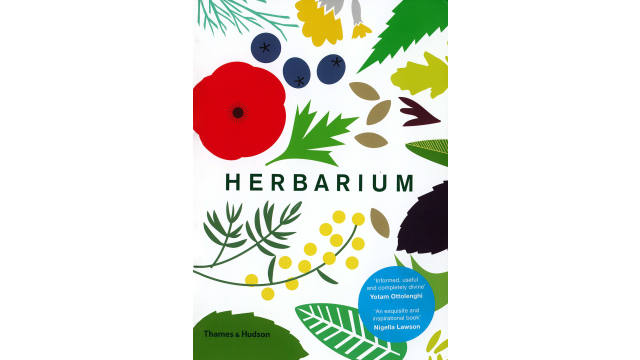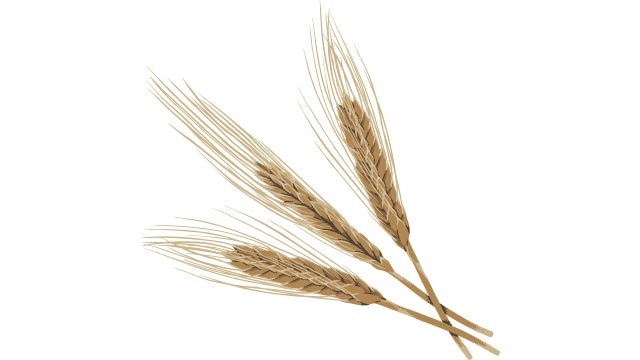Bergamot

Latin Name: Monarda
Other Names: scarlet bee balm and Oswego tea (M. didyma), horsemint (M. punctata), wild bergamot (M. fistulosa)
Uses: herb, seasonings, tea
What is bergamot?
Bergamot is a fragrant herb in the mint family (Lamiaceae) with a spangle of red flowers that resembles a crimson firework bursting from the top. While there are a few other useful Monarda species grown for their attractive pink and magenta flowers, M. didyma is the most fragrant of them all. Though it’s from a completely different plant family, the herb bergamot is named after the bergamot orange (Citrus bergamia), which you’ve probably encountered if you’re a fan of Earl Grey tea.
Why is bergamot healthy?
Bergamot leaves and flowers contain a variety of flavonoids with different health properties. Indigenous people from the Great Plains and Great Lakes regions of the United States have used bergamot as an antiseptic for centuries, applying it to wounds and using bee balm tea as a mouthwash. The plant contains the aromatic compound thymol, which is known for its anti-inflammatory properties and effectiveness as a disinfectant. Like other mint family members, bergamot can also be helpful for soothing an upset stomach. Bergamot essential oil has a soothing scent and can be effective in helping reduce stress, anxiety, and depression.
What does bergamot taste like?
Bergamot has a slightly spicy, citrusy, and woodsy aroma, and its flavor is like a cross between spearmint and oregano (due to the thymol). The thymol can give the leaves a bit of a bitter flavor, but the flowers are reminiscent of a sweet, slightly citrusy mint.
How do I use bergamot?
Native Americans traditionally used bergamot for tea and as a seasoning for various stews and game meat dishes. If you grow your own, you can use it fresh or dry it for winter use. Steep dried bergamot in hot water to make a soothing tea, or use it in herb mixes like za’atar.
What does bergamot pair well with?
Bergamot’s spicy mint-oregano flavor makes it a natural match for Mediterranean ingredients, like thyme, mint, oregano, sumac, sesame seeds, pine nuts, lemon, and firm white cheeses, like Halloumi. It’s also nice crumbled into white beans with a drizzle of olive oil. Bergamot also plays well with chamomile and other mints in herbal tea blends.
Where does bergamot grow?
Bergamot grows wild across the eastern parts of North America, from Ontario to Maine, and as far south as northern Georgia. Today, it’s primarily grown as an ornamental garden plant with numerous cultivars bearing different colors of flowers.
How do I buy bergamot?
Look for bergamot in herb stores or tea shops, where it may be sold on its own or in tea blends and tinctures. Store dried bergamot in a cool, dry place, where it will keep its flavor for about a year. You might find it easier to buy a plant or seeds at a garden center and grow your own.
Fun bergamot fact:
Good news for egg lovers: Studies have found that the compound carvacrol, found in bergamot oil, can be effective in preventing illnesses in livestock, eliminating the need for antibiotics. Adding the essential oil to chicken feed not only inhibits E. coli, staph, and clostridium bacteria (all of which can cause food-borne illnesses in humans) in eggs and poultry but also significantly increases weight gain in the birds.



